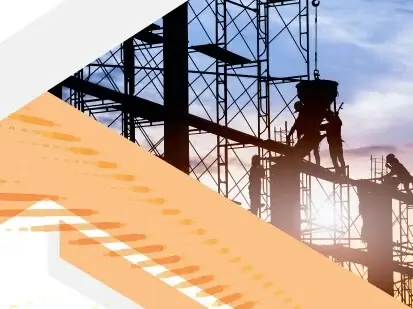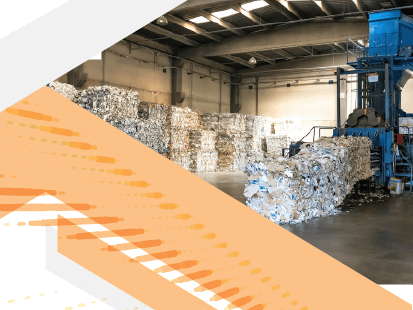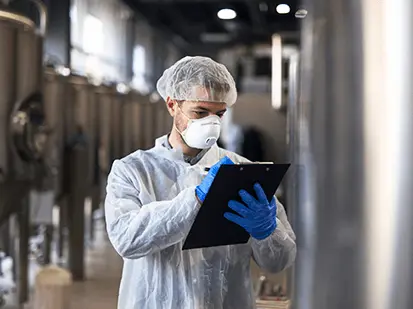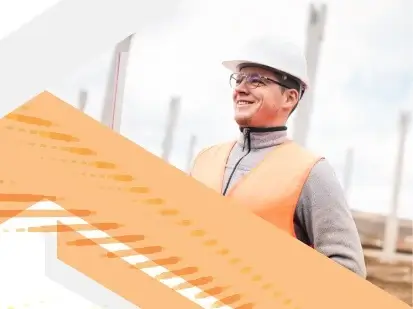Forklift and Worker Safety Collision Avoidance with RTLS

This use case demonstrates how RTLS-based forklift and worker safety solutions can significantly reduce collision risks and minimize operational downtime in industrial environments. Deployed at two Anadolu Efes Kazakhstan production facilities, the system leverages UWB technology to enhance occupational safety for both operators and on-foot personnel.
About the Company
Anadolu Efes Kazakhstan is the country’s leading brewing company, with over 20 years of market experience. Operating modern facilities in Almaty and Karaganda, the company manages production and distribution with a team of 750 professionals. Guided by a strong commitment to sustainability, Anadolu Efes places great importance on improving energy efficiency, applying the highest occupational safety standards, and developing environmentally responsible production practices.
Project Scope
- 2 facilities
- 125 mobile tags
- 44 forklifts
- Mobile application software
Project Objective
The goal was to enhance occupational safety while ensuring uninterrupted production and intralogistics operations.
- Detect potential forklift–pedestrian and forklift–forklift collision risks in advance to improve worker safety.
- Reduce near-miss incidents in high-traffic operational areas.
- Detect all vehicle impacts (such as collisions with walls or shelves) using onboard impact sensors, and classify their severity as C1/C2/C3 (low → high) directly on the Safezone unit.
- Maintain operational continuity and minimize accident-related costs.
Solution
The system is designed to anticipate risks, issue real-time alerts, and help prevent accidents.
- Define safety zones around forklifts using the Safezone Collision Warning System.
- Enable real-time interaction between worker-worn mobile tags and devices mounted on forklifts to ensure dynamic safety coverage.
- After an impact is detected (shelf or wall), the Safezone alarm center screen displays a severity code (C1/C2/C3, from low to high). The alarm appears on the device and can only be silenced and cleared by authorized personnel carrying a master tag.
- With the W-Connect device, all Safezone units in the facility can be configured instantly on-site, allowing real-time adjustments of distance thresholds and authorization settings.
Outcomes
- Significant reduction in forklift-related accident risks.
- Improved damage detection and maintenance planning through impact severity classification.
- Increased awareness among workers and operators, leading to fewer incidents and lower maintenance costs.
- Preserved operational continuity across production and intralogistics activities.
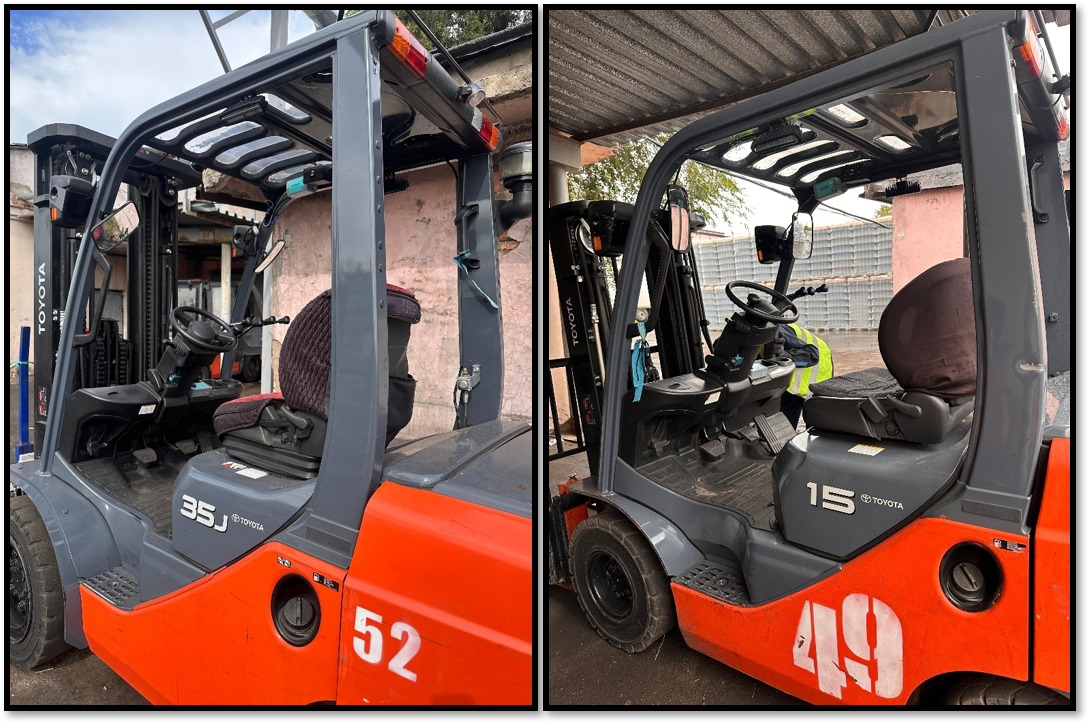
Why Choose Wipelot RTLS Technology?
As shown in this project, Wipelot systems operate with minimal infrastructure requirements and can easily adapt to growing operational needs. Thanks to its modular architecture, the system is not limited to its initial configuration—on the contrary, it can be expanded over time to deliver greater safety and operational capability.
For example:
- By integrating a Lone Worker Safety System, real-time monitoring and alerts can be activated for scenarios such as falls, immobility, or emergency calls.
- Adding a Forklift Telemetry System enables the analysis and reporting of metrics such as vehicle usage, operator behavior, and productivity.
- With a Crane Positioning and Safety System, forklifts and personnel can be prevented from entering hazardous areas beneath or around moving crane loads inside the facility.
- All of these modules can be seamlessly integrated into the existing system without changing the current infrastructure, replacing devices, or interrupting operations.
Thanks to Wipelot’s scalable system infrastructure, every deployment becomes a foundation not only for today’s requirements—but for the challenges of tomorrow as well.
Exploring the system: Common Questions and Answers
1) What is the Safezone collision warning and worker safety solution, and how does it work?
Safezone is a closed-loop, RTLS-based safety system that detects collision risks between forklifts and pedestrians. Using mobile tags and forklift-mounted devices, it delivers LED, audible, and haptic alerts to warn both operators and pedestrians before an incident occurs.
2) What advantages does classifying impact severity on the device provide?
Impact classification (hitting wall, shelf or other stationary obstacles) helps prioritize the severity of an impact and define the appropriate response plan. Master tag control allows alarms to be cleared faster after an impact, helping equipment return to operation quickly and minimizing downtime.
3) What is Wipelot W-Connect, and what functions does it provide in safety management?
W-Connect is a portable configuration tool used to manage Safezone and other Wipelot RTLS devices in the field. Safety managers can instantly adjust distance thresholds, access authorizations, and perform device updates directly on-site.
4) How does the Safezone forklift collision avoidance and safety system support operational continuity and cost control?
Reducing forklift collisions minimizes unplanned downtime and ensures operational continuity in production workflows. It also leads to a significant reduction in maintenance and repair costs related to workplace accidents.
5) What additional features can be added to an existing Safezone Basic system?
Modules such as lone worker safety, forklift telemetry, or crane zone protection can easily be integrated into a Safezone Basic system. These expansions require no infrastructure change and do not disrupt existing operations.
Customer Insights
“Your team showed great professionalism during the forklift system installation. The process was smooth, with fast responses and clear technical guidance that ensured no disruption to our operations. We’re very satisfied and happy to continue this collaboration.”
— Konstantin Stepkin, Senior Import-Export Specialist
